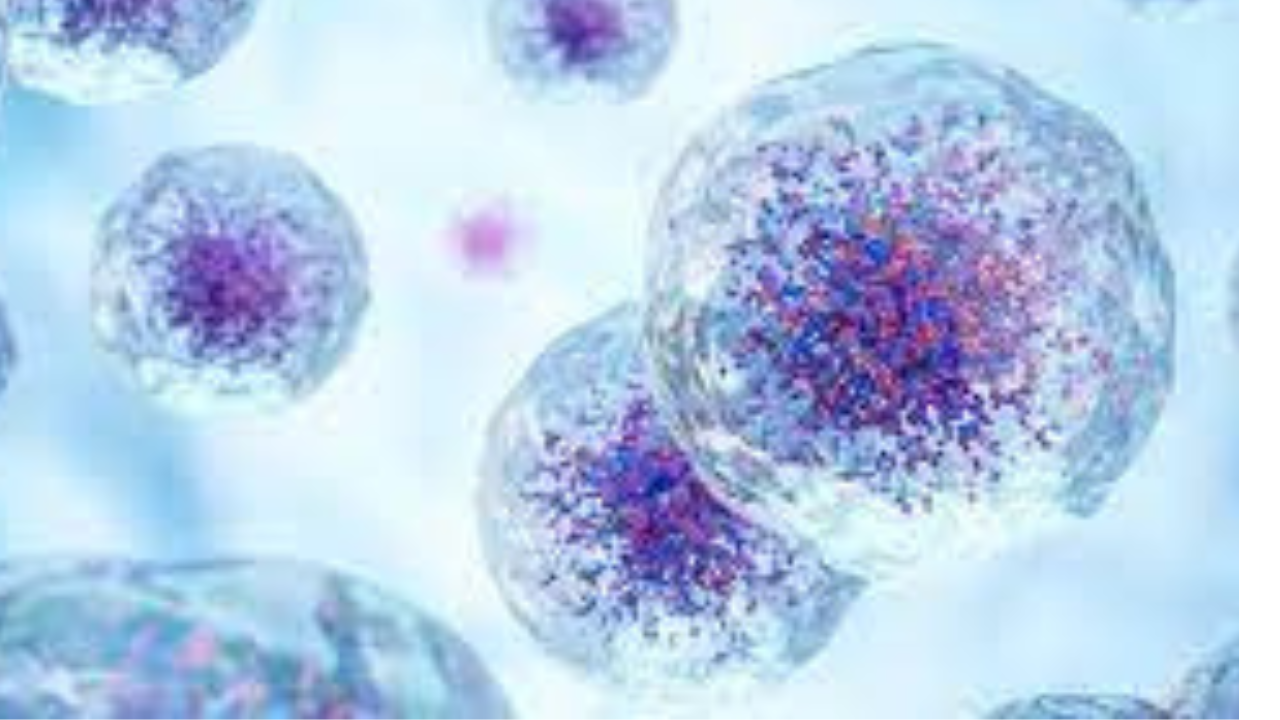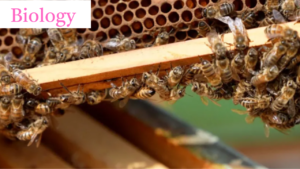Cell biology encompasses the examination of cell structure and function, centering on the idea that the cell serves as the fundamental unit of life. Some organisms consist of a single cell, whereas others are organized into collaborative groups comprising vast numbers of cells. Overall, cell biology emphasizes the structure and function of cells, ranging from the most general characteristics shared by all cells to the unique and complex functions specific to specialized cells.
What is cell?
• A cell is the smallest unit typically regarded as alive and represents a fundamental unit of life.
• All living organisms are made up of cells, varying from just one (unicellular) to many trillions (multicellular).
• Cells serve as the essential building blocks of all living entities.
• The human body consists of trillions of cells, which provide structural support, absorb nutrients from food, convert these nutrients into energy, and perform specialized functions.
• Additionally, cells house the body’s hereditary material and possess the ability to replicate themselves.
Characteristics of Cells
The following are the key characteristics of cells:
• They are the fundamental structural building blocks of living organisms.
• Two types of cells can be identified based on their complexity: prokaryotic and eukaryotic. Prokaryotic cells are less complex than eukaryotic cells, with the primary distinction being that prokaryotic cells lack a nucleus, and their DNA is not enclosed within a nuclear membrane that separates it from the cytoplasm.
• They contain genetic information in the form of DNA.
• They are enclosed by a plasma membrane, which also facilitates communication with their external environment.
• They synthesize proteins via ribosomes.
• They possess a functioning metabolism involving biomolecules.
• They contain organelles suspended in an aqueous medium.
• They serve as the building blocks from which various organisms develop organs or tissues.
Discovery of Cells
Did you know that over 330 years ago, there was no awareness of cells? This was due to their minuscule size, which made them invisible to the naked eye. The invention of the microscope enabled the observation and detailed study of cells. The discovery of cells represents a significant milestone in scientific advancement. It allows us to understand that all organisms are composed of cells, which facilitate various life processes. The structure and functions of cells have enhanced our comprehension of life.
Who discovered cells?
- Robert Hooke was the first to identify the cell in 1665. He examined a piece of cork under a compound microscope and observed tiny structures that reminded him of small rooms. He subsequently named these structures “cells.” However, due to the limited magnification of his microscope, he was unable to discern any details within the structures. As a result of this limitation, Hooke concluded that these were non-living entities.
- Later, Anton Van Leeuwenhoek utilized another compound microscope with greater magnification to observe cells. He noted that the cells displayed some form of movement (motility). Consequently, Leeuwenhoek inferred that these microscopic entities were “alive.” Eventually, following numerous observations, these entities were referred to as animalcules.
- In 1883, Robert Brown, a Scottish botanist, made the first significant contributions to our understanding of cell structure by describing the nucleus found in the cells of orchids.
Cell theory
Cell theory is a fundamental scientific principle in biology, which posits that cells are the basic units of all living tissues.
Formulation of the Cell Theory
In 1838, Theodor Schwann and Matthias Jakob Schleiden were enjoying coffee after dinner while discussing their research on cells. It has been proposed that when Schwann listened to Matthias Schleiden describe plant cells with nuclei, he was impressed by the resemblance of these plant cells to the animal cells he had observed in tissues. The two scientists promptly went to Schwann’s laboratory to examine his slides. The following year, Schwann published his book on animal and plant cells (Schwann 1839), a treatise that did not acknowledge the contributions of others, including Schleiden (1838). He condensed his observations into three conclusions regarding cells, which constitute the cell theory.
1. The cell is the essential unit of structure, physiology, and organization in living organisms.
2. The cell maintains a dual existence as a distinct entity and as a building block in the formation of organisms.
3. Cells originate through free-cell formation, akin to the formation of crystals (spontaneous generation).
Consequently, the three significant points of the modified cell theory are as follows:
• The cell is the fundamental functional and structural unit of all living organisms.
• All living organisms consist of cells.
• All cells arise from pre-existing cells.
Modern Cell Theory
Modern cell theory is a widely recognized explanation of the relationship between cells and living organisms, serving as a cornerstone of biology. Modern cell theory comprises seven primary principles:
• All organisms are composed of one or more cells.
• Cells represent the basic unit of structure in all living entities.
• New cells emerge from existing cells through cellular division.
• All energy flow occurs within the cell.
• Cells contain genetic material that is transmitted to daughter cells during cell division.
• All cells share similarities in their chemical composition.
• The activities of organisms result from the combined actions of individual cells.
The Timeline of Cell Biology History
Presented below is a timeline highlighting significant milestones in the evolution of cell theory and cell biology.
1595 – Jansen is recognized for inventing the first compound microscope.
1655 – Hooke introduced the term ‘cells’ while examining cork.
1674 – Leeuwenhoek made the discovery of protozoa and observed bacteria approximately nine years later.
1833 – Brown identified the cell nucleus within orchid cells.
1838 – Schleiden and Schwann formulated the cell theory.
1840 – Albrecht von Roelliker acknowledged that sperm and egg cells are also classified as cells.
1856 – N. Pringsheim documented the process by which a sperm cell penetrates an egg cell.
1858 – Rudolf Virchow, a physician, pathologist, and anthropologist, articulated his renowned assertion: omnis cellula e cellula, meaning that cells arise only from existing cells (cells originate from preexisting cells).
1857 – Kolliker provided a description of mitochondria.
1879 – Flemming detailed the behavior of chromosomes during mitosis.
1883 – Germ cells were identified as haploid, leading to the chromosome theory of heredity.
1898 – Golgi characterized the Golgi apparatus.
1938 – Behrens employed differential centrifugation to isolate nuclei from cytoplasm.
1939 – Siemens manufactured the first commercial transmission electron microscope.
1952 – Gey and colleagues created a continuous human cell line.
1955 – Eagle systematically outlined the nutritional requirements of animal cells in culture.
1957 – Meselson, Stahl, and Vinograd innovated density gradient centrifugation using cesium chloride solutions for the separation of nucleic acids.
1965 – Ham introduced a defined serum-free medium, while Cambridge Instruments launched the first commercial scanning electron microscope.
1976 – Sato and associates published findings indicating that various cell lines necessitate distinct combinations of hormones and growth factors in serum-free media.
1981 – The production of transgenic mice and fruit flies occurred, alongside the establishment of a mouse embryonic stem cell line.
1995 – Tsien discovered a mutant of GFP with improved spectral characteristics.
1998 – Cloning of mice from somatic cells was achieved.
1999 – Hamilton and Baulcombe identified siRNA as a component of post-transcriptional gene silencing (PTGS) in plants.
2006 – The factors necessary for the creation of induced pluripotent stem cells were recognized, enabling the generation of stem cells from differentiated cells.
2009 – The introduction of single-cell sequencing provided insights into transcriptomics at the level of individual cells.
2009 – The first publication emerged utilizing organoids derived from a single adult stem cell.
2012 – The development of CRISPR gene editing facilitated precise RNA-targeted genome engineering.










